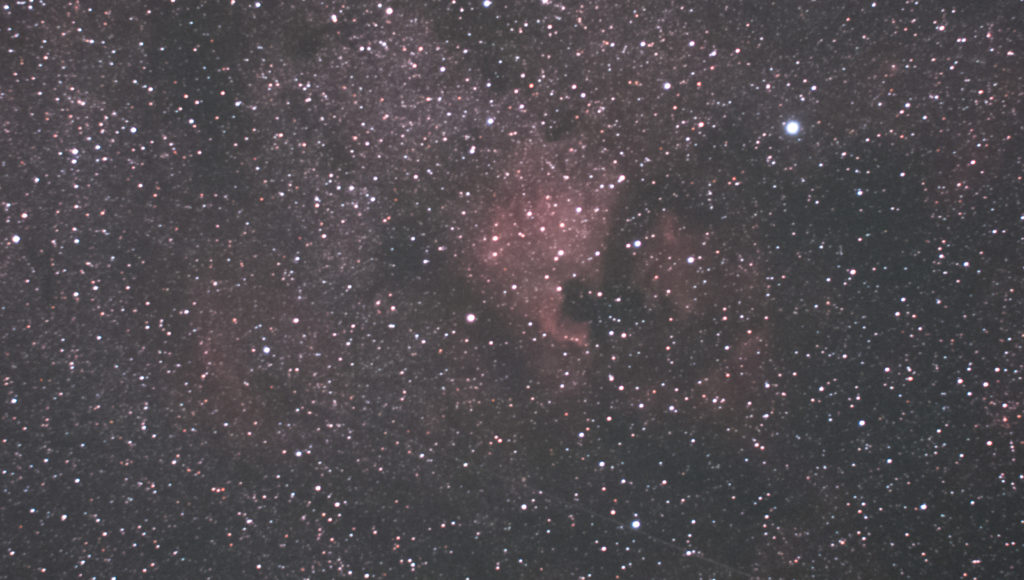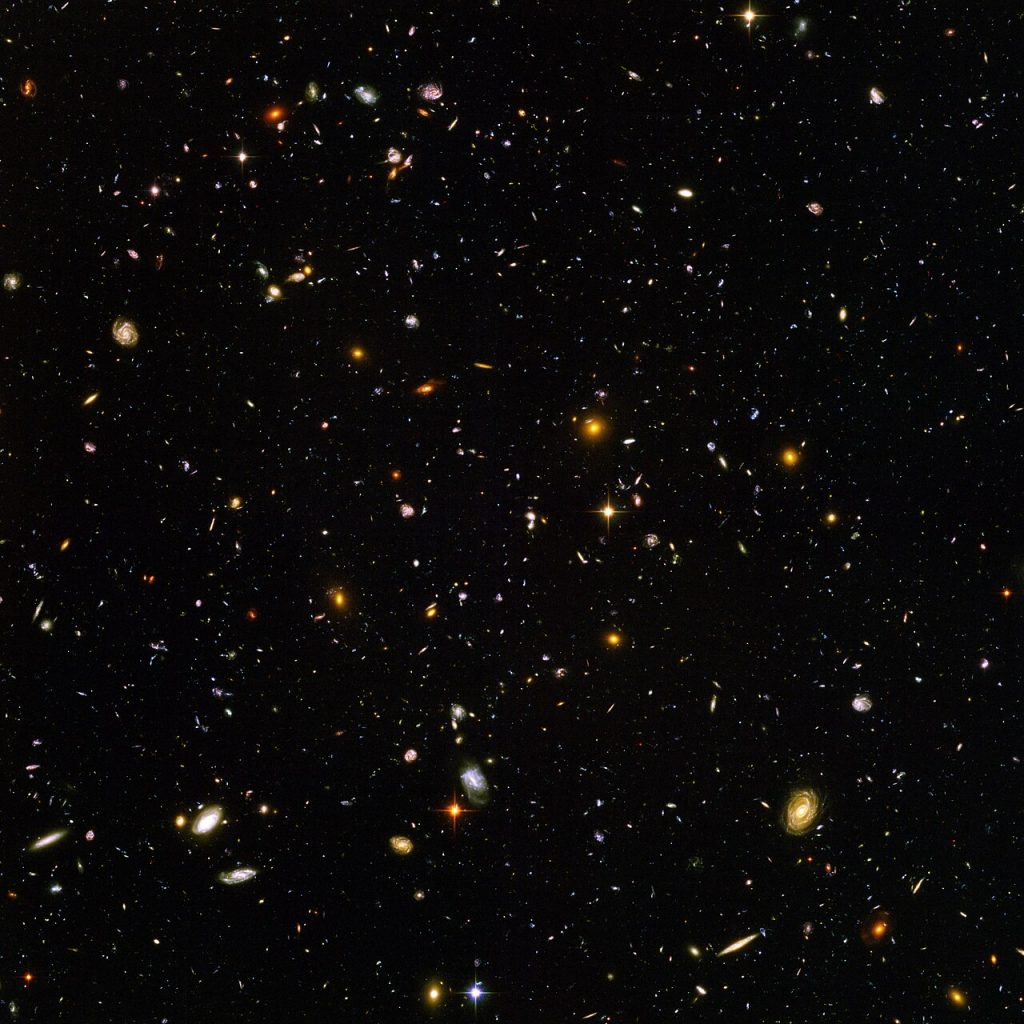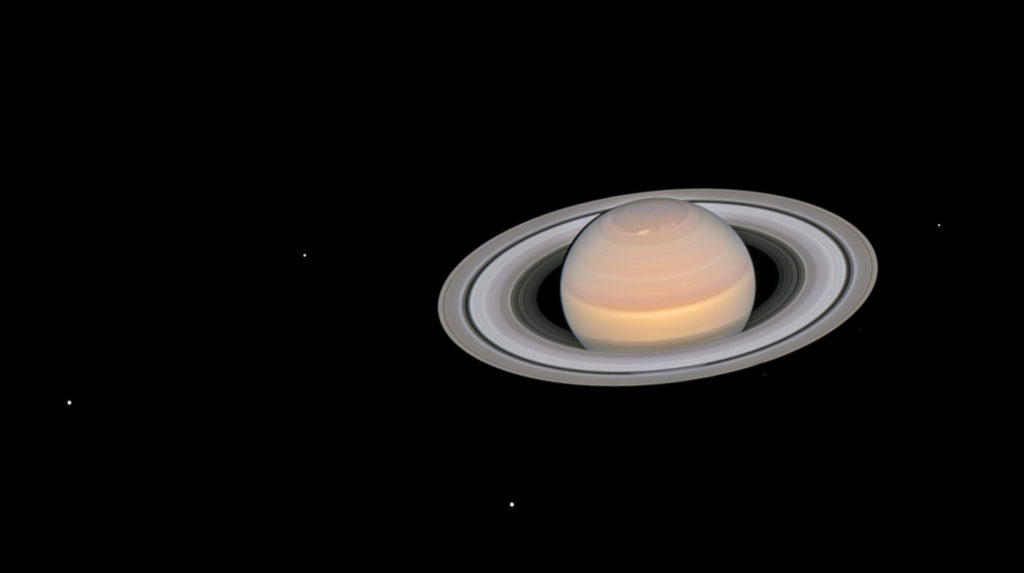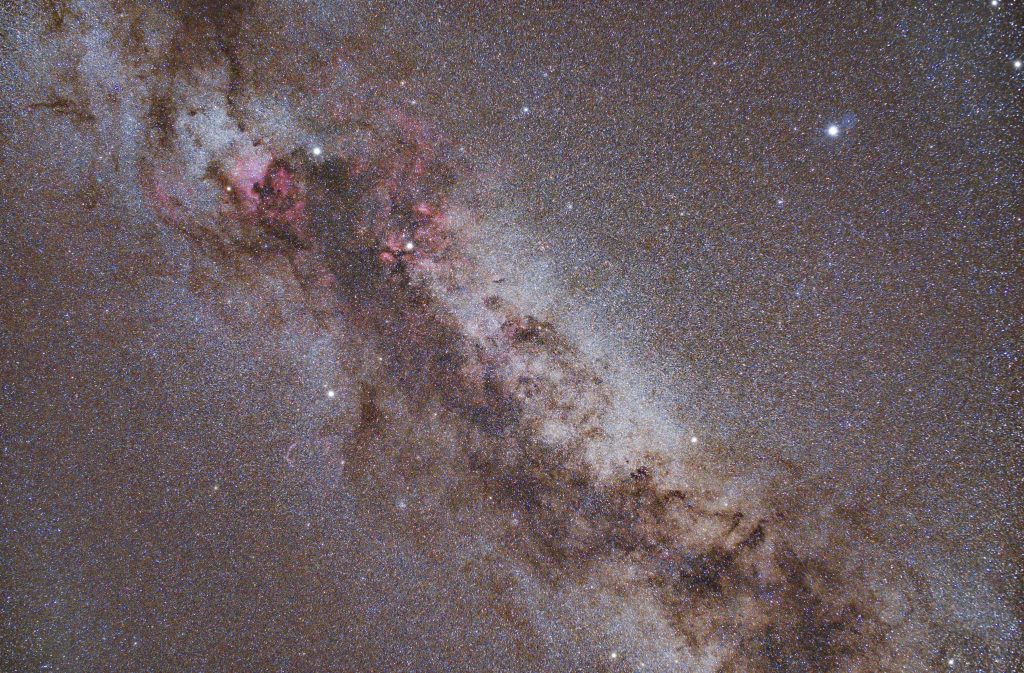
A thread on the astronomy forum Cloudy Nights a couple of years ago explored the possibility of capturing quick ‘snapshot’ astrophotos with small but sensitive monochrome cameras and inexpensive, small-aperture lenses of less than 25mm (!) aperture. Even better, this approach used no astronomy mount or tracking at all, just a fixed camera tripod and a PC to capture and stack each image over the course of a minute or two. Lightweight, cheap, simple.
It seemed like a preposterous idea. So of course I had to try it!
[Read more…] about The Pleasures of Ugly Astrophotography
Share This:

